| Hollywoodland | Nov 17 2019 |


| Hollywoodland | Feb 21 2017 |

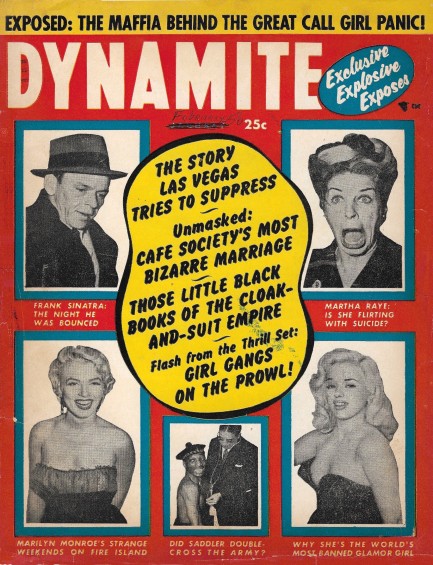
When we describe Dynamite as a new tabloid, it's only partly true. It was a new imprint. But its publisher, the Modern Living Council of Connecticut, Inc., was headquartered at the Charlton Building in Derby, Connecticut, which is where Top Secret and Hush-Hush based operations. When you see that Dynamite carried the same cover font as Top Secret and Hush-Hush, and that those two magazines advertised in Dynamite, it seems clear that all three had the same provenance. But unlike Top Secret and Hush-Hush, it doesn't seem as if Dynamite lasted long. The issue above, which appeared this month in 1956, is the second. We are unable to confirm whether there was a third. But if Dynamite was short-lived it wasn't because of any deficiencies in the publication. It's identical in style to other tabloids, and its stories are equally interesting.
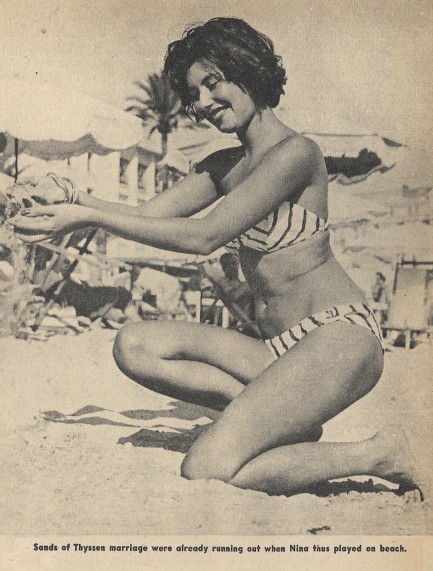 but both spouses were fine with the set-up until von Thyssen accidentally ran into Dyer and Marquand in Carrol's nightclub in Paris and was forced to save face by starting a fight. The couple soon divorced, but not because of infidelity, as many accounts claim. What finally broke the couple up was that Dyer dropped Marquand. Dynamite tells readers: “[von Thyssen] has ditched his sloe-eyed Baroness because now she's decided she loves him.”
but both spouses were fine with the set-up until von Thyssen accidentally ran into Dyer and Marquand in Carrol's nightclub in Paris and was forced to save face by starting a fight. The couple soon divorced, but not because of infidelity, as many accounts claim. What finally broke the couple up was that Dyer dropped Marquand. Dynamite tells readers: “[von Thyssen] has ditched his sloe-eyed Baroness because now she's decided she loves him.”There's a lot more to learn about Nina Dyer—her modeling career, her adventures in the south of France, her free-spirited ways in the Caribbean, her 1962 E-Type Jaguar Roadster that was found in Jamaica in 2015 and restored for a November 2016 auction, and more. So we'll be getting back to her a little later. We still have about fifty tabloids from the mid-1950s and we're betting she appears in more than a few. Meanwhile, elsewhere in Dynamite is a story tracking Marilyn Monroe's movements around Fire Island during a summer 1955 vacation, a report about Frank Sinatra being barred from the Milroy Club in London, an exposé on prostitution in Rome, a breakdown of the breakdown of Gene Tierney's engagement to Aly Khan (Sadruddin Aga Khan's brother), and a couple of beautiful photos of Diana Dors. We have about thirty scans below for your enjoyment. Odds are we'll never find another issue of Dynamite, but we're happy to own even one. It's great reading.
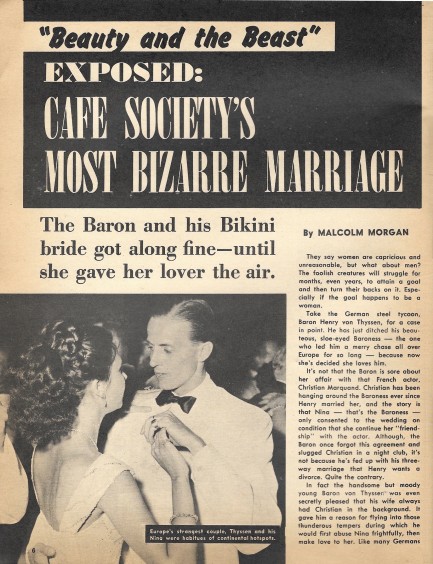
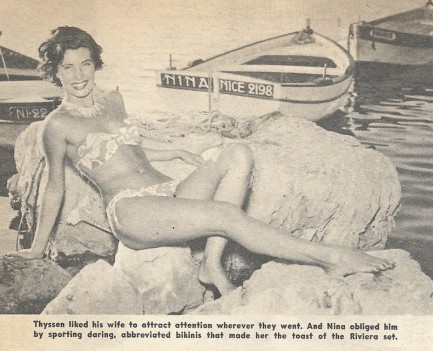
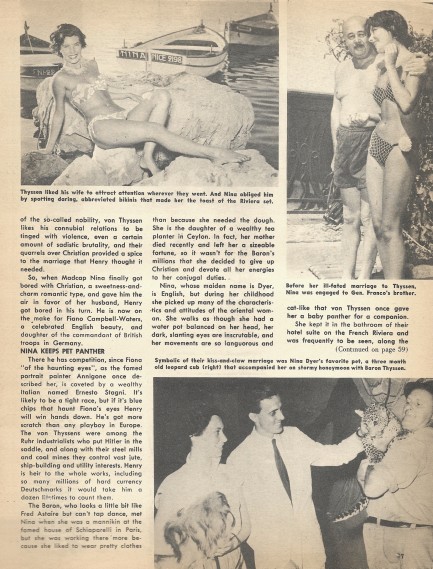
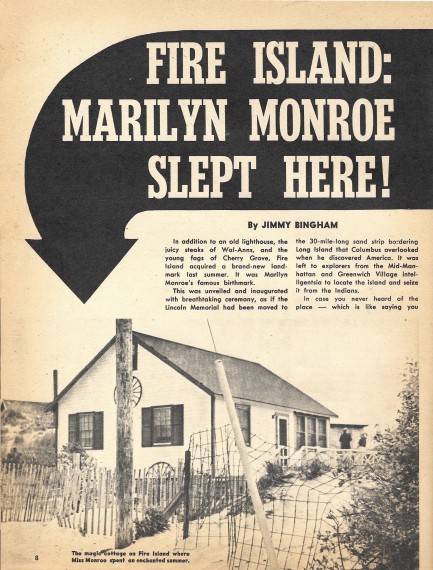
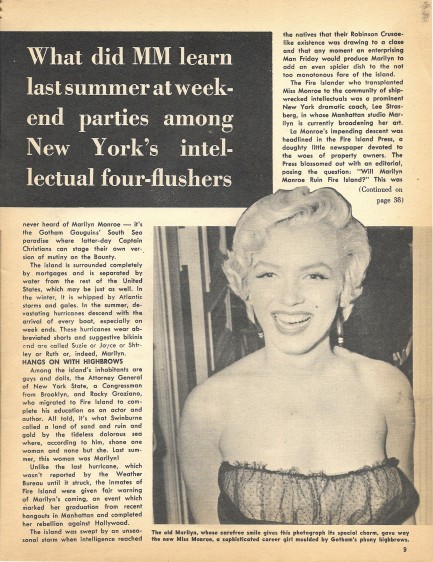
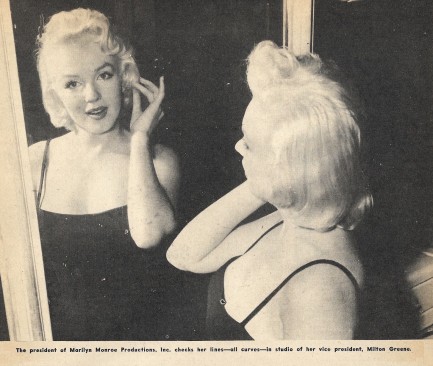
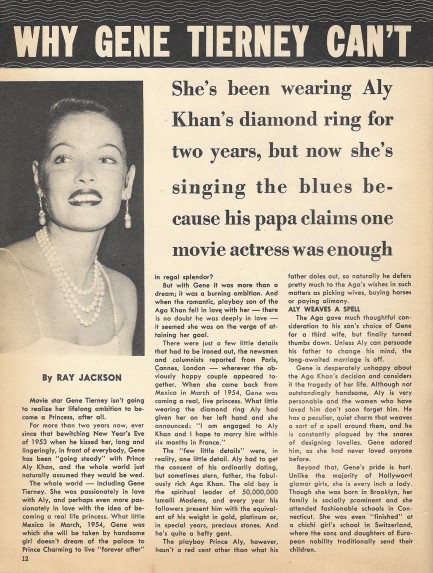
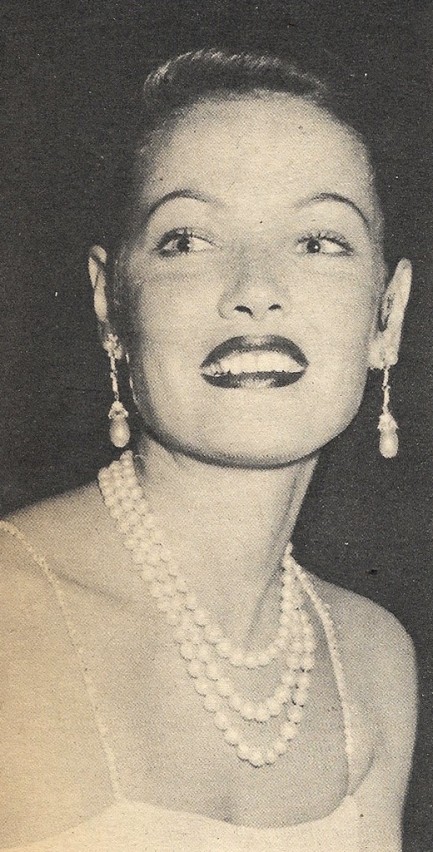
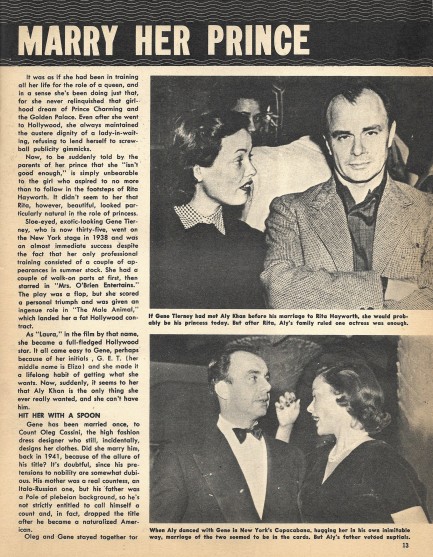
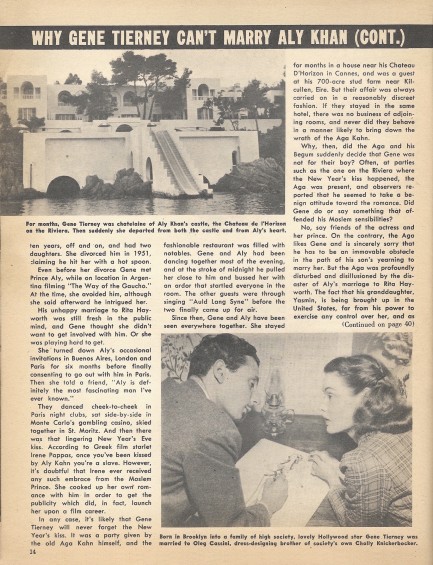
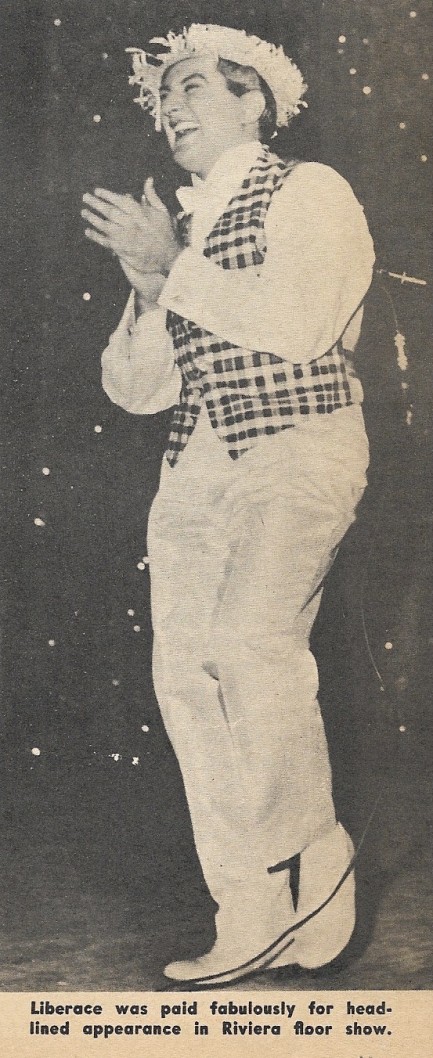
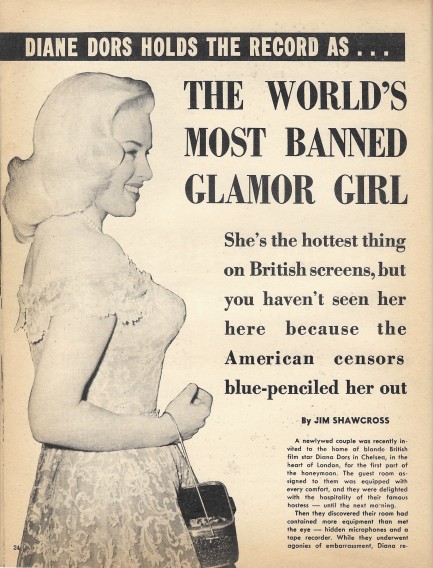
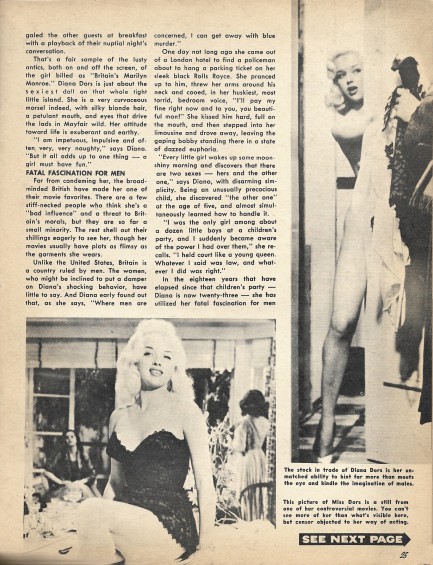

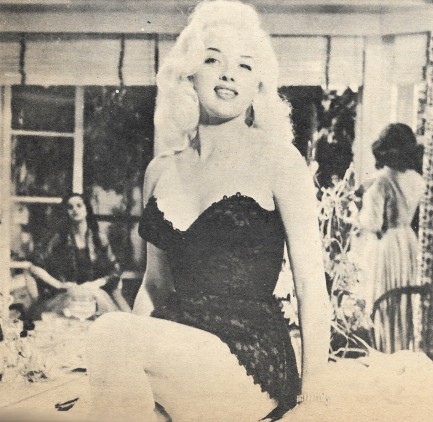
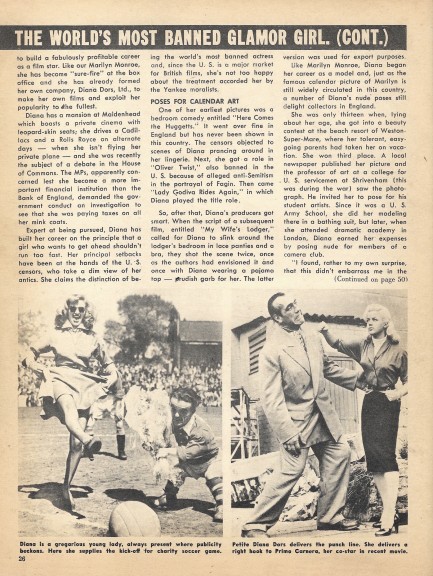
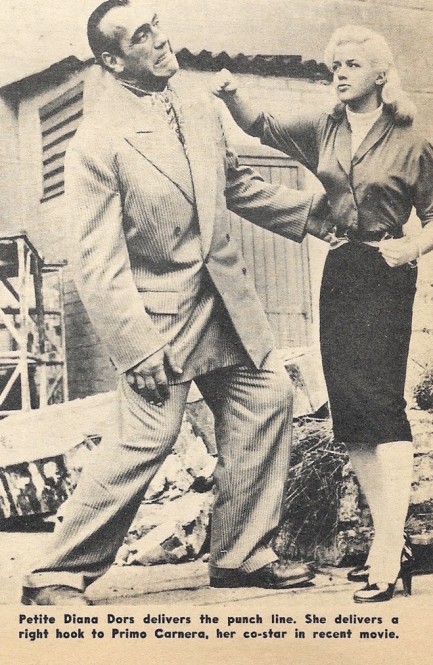
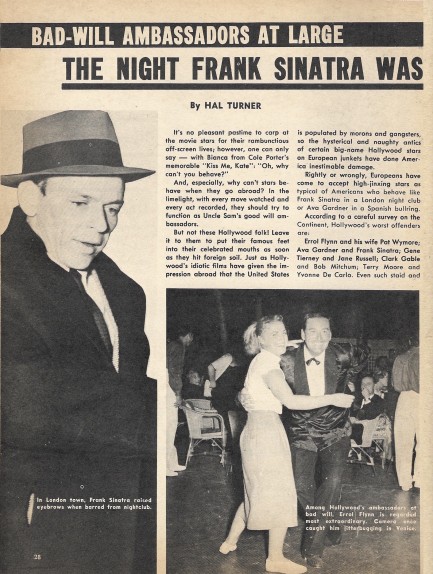
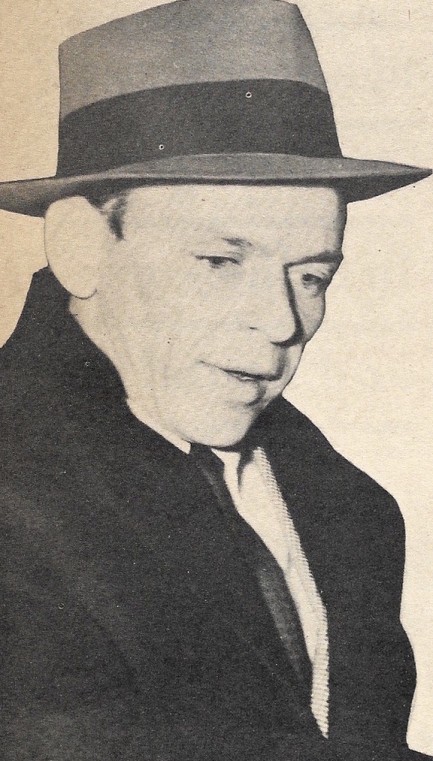
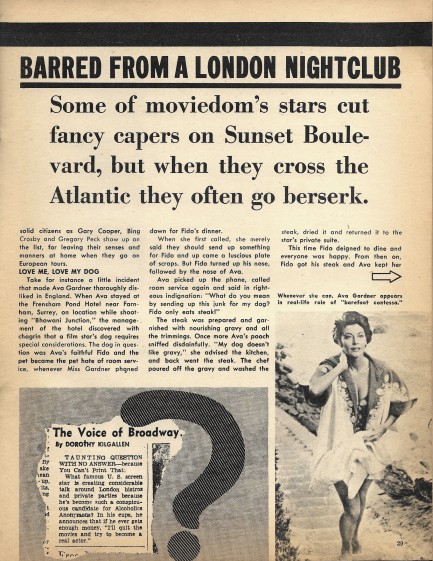
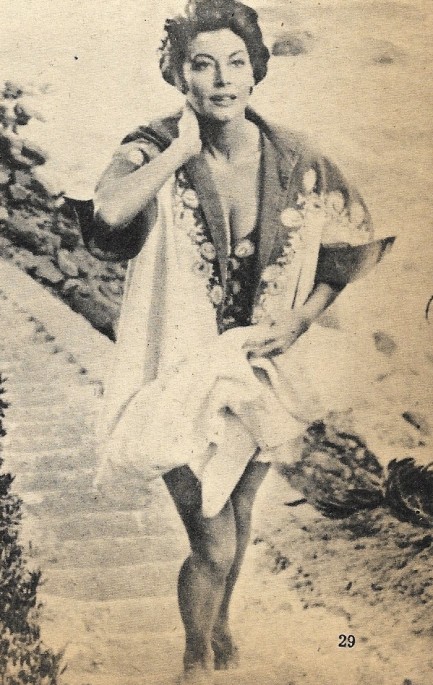
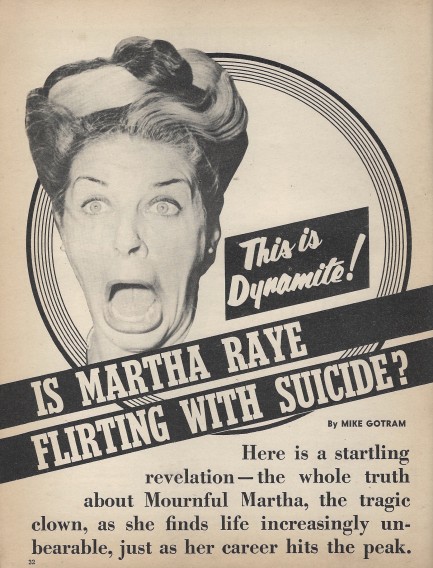
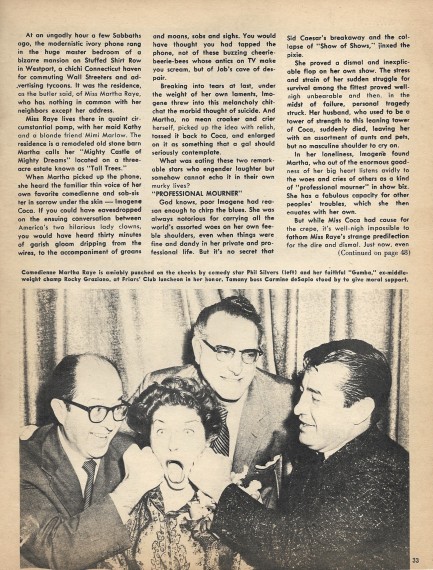
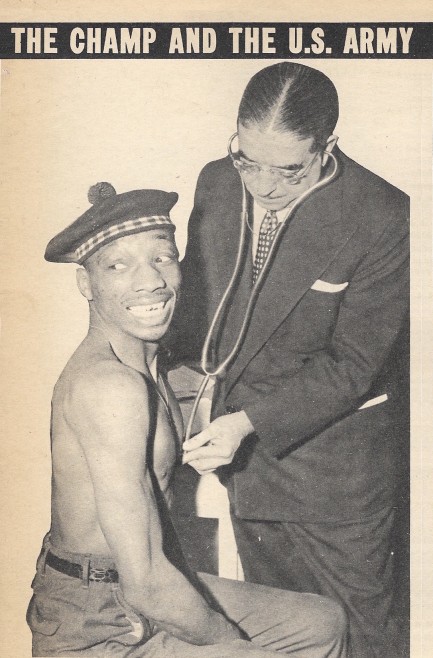

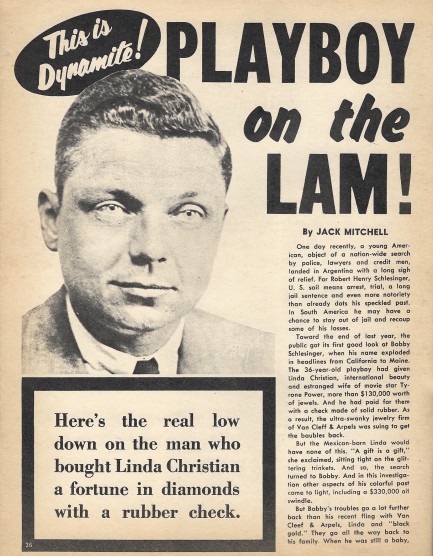
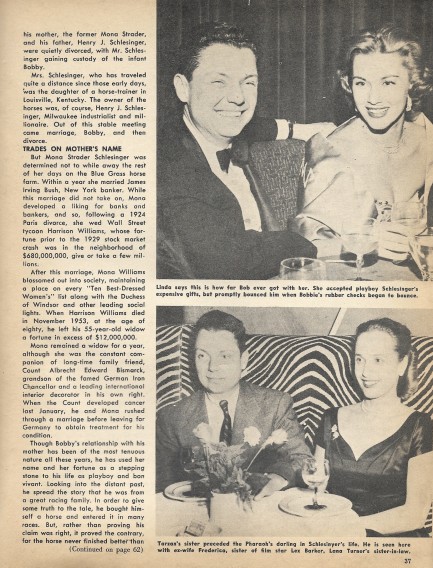
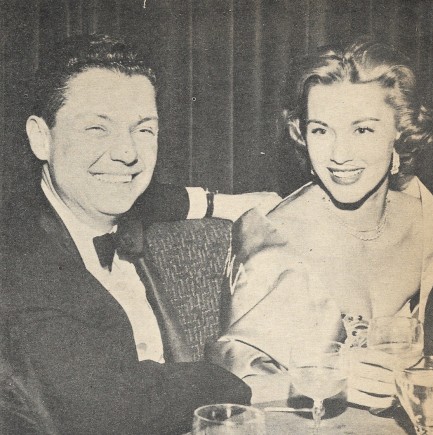
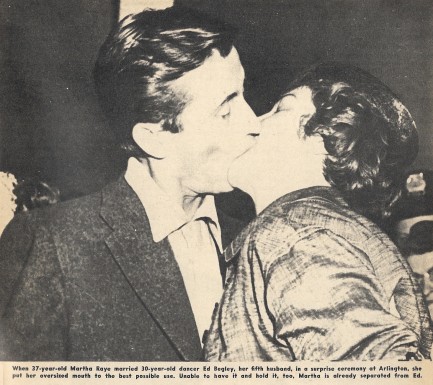
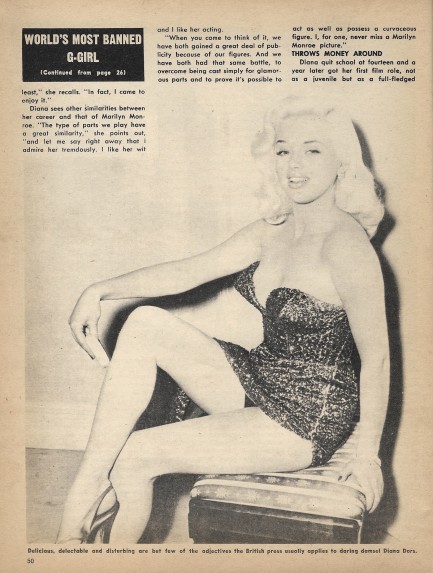
| Hollywoodland | Dec 13 2010 |

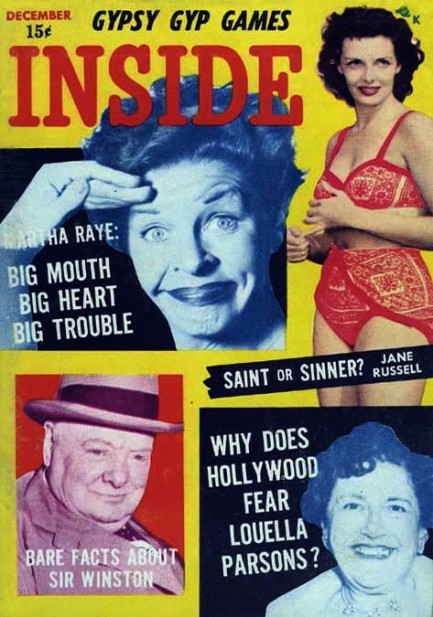
This December 1955 cover of Inside asks why Hollywood fears Louella Parsons. And the answer is because Parsons was at the time arguably the most important tastemaker in the world. Louella Parsons, née Luella Rose Oettinger, was the first person to write a true gossip column, beginning in 1914 when she worked for the Chicago Record Herald. Later, publisher William Randolph Hearst gave her a column in the Los Angeles Examiner that was eventually syndicated to 600 papers worldwide, which amounted to a readership of about twenty million people.
Parsons considered herself Hollywood’s moral watchdog and didn’t think twice about damaging the careers of celebrities she believed had behaved badly. She was also the gatekeeper of success for aspiring starlets—a few negative words in her column and a lifetime’s dream was shattered. The irony of all this self-righteousness is that she may have earned her column as a reward for helping cover up a killing.
The story goes that powerful publisher William Randolph Hearst either accidentally or intentionally shot producer Thomas Ince in the head while cruising with Ince, Hopper, and other guests on his 200-foot yacht the Oneida. While it’s impossible to say if this is true, it’s interesting that the guests on Hearst’s boat all had wildly different stories about what happened. Several, including Charlie Chaplin, denied ever being on the cruise, a claim that was contradicted by other guests. Hearst’s papers went the opposite route, reporting in unison that it was Ince who had never been on the boat. Instead, they claimed he died of a heart attack on Hearst’s ranch in San Simeon.
Later the story was revised—he had been on the boat, but had taken ill, left for Los Angeles by train, and died en route. By legal standards, it would be impossible to prove a cover-up took 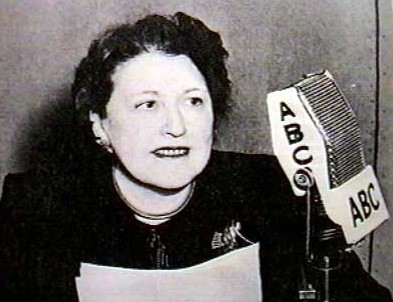 place. But by the lesser standards of plain logic, there’s no doubt that when a guy gets sick and has to leave a boat, people don’t fall over themselves making up conflicting stories about what happened.
place. But by the lesser standards of plain logic, there’s no doubt that when a guy gets sick and has to leave a boat, people don’t fall over themselves making up conflicting stories about what happened.
The aftermath of the incident was just as curious. Ince’s widow refused to allow an autopsy and had her husband immediately cremated. Hearst then set her up with a trust fund and she left for Europe, never to return. It was also around then that Hearst gave Parsons was a contract to be a columnist for his influential Examiner newspaper.
All these gifts were, at the very least, cases of extremely suspicious timing, but Ince’s death was never seriously investigated. A token police inquiry predictably turned up nothing, and all the lies were papered over. Louella Parsons didn’t squander her Devil’s bargain—if indeed that’s what it was. From her post at the Examiner she ruled Hollywood for thirty years, a moral arbiter who in all likelihood had a secret in her past that dwarfed any of those she revealed in her column.




































































